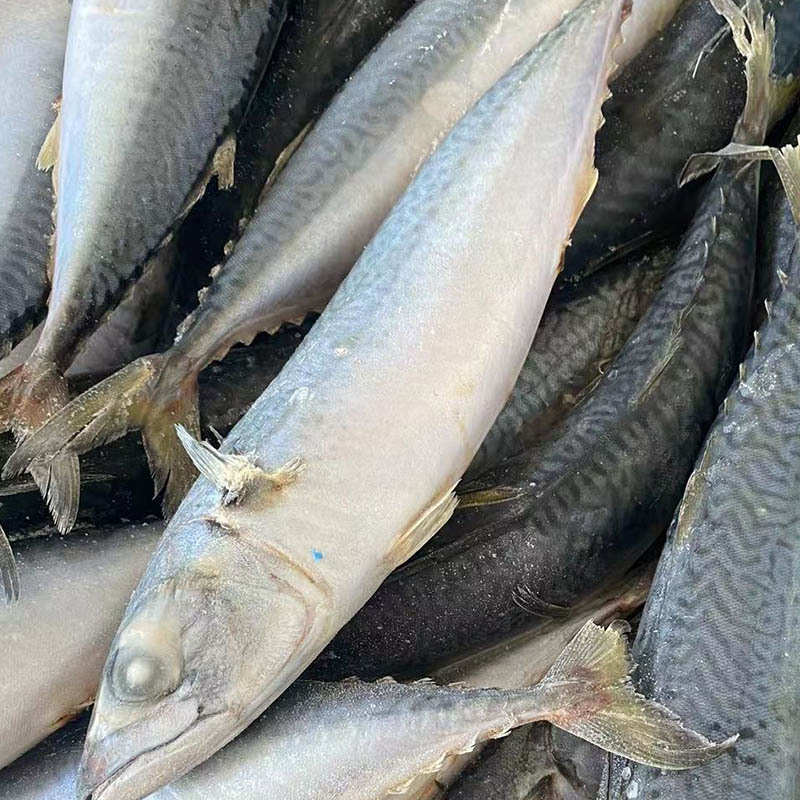The company's mission is to provide high-quality seafood to global buyers.
WhatsApp / WeChat : +8618659702877
Unraveling the Mysteries of Squid: How They Work!
2025-08-18
The Enigmatic World of Squid
When it comes to the wonders of the ocean, few creatures capture our imagination quite like the squid (squid). With their unique physical characteristics and intriguing behaviors, these cephalopods are not just food for thought; they're food for thought!
What Makes Squid So Special?
Squid are part of a larger group known as cephalopods, which also includes octopuses and cuttlefish. But let's not get ahead of ourselves—what makes squid stand out? For starters, their adaptability is nothing short of amazing. Squid can change color and texture in the blink of an eye, thanks to specialized cells called chromatophores. Talk about a fashion statement!
The Intricate Working Mechanism
So, how do these ocean-dwellers operate? Well, it's a blend of physics and biology that keeps them at the top of the marine food chain. Squid possess a unique propulsion system that allows them to move quickly and efficiently. By expelling water through their siphon, they can dart away from predators in a flash. It's like having a built-in turbo boost!
The Anatomy of a Squid
Let's break it down. A typical squid has a soft body, a head, and arms lined with suckers. These suckers aren't just for show; they're powerful tools used for grasping prey. And let's not forget about the beak—yes, just like a parrot! This sharp structure allows the squid to tear into its food, which primarily includes fish and crustaceans. Yum!
Communication and Camouflage
Communication in the squid world is an art form. They use color changes, body language, and even bioluminescence to convey messages. When a squid feels threatened, it can quickly switch to a darker hue to blend into its surroundings. It's like having a secret superpower! And if they really need to make a getaway? They can release a cloud of ink to create a smokescreen, allowing them to escape. Sneaky, right?
The Life Cycle of Squid
Now, let's talk about their life cycle. After mating, female squids lay thousands of eggs, often attaching them to rocks or other surfaces. The eggs hatch into tiny squids that are surprisingly self-sufficient. They grow quickly, maturing in just a year or two, depending on the species. Talk about fast-tracking into adulthood!
Squid in Culture: More Than Just Food
While squids (squid) are widely enjoyed as delicacies in various cuisines, they also hold cultural significance in many societies. From Japanese sushi to Mediterranean calamari, these creatures are celebrated for their flavor. But they also appear in folklore and art, symbolizing mystery and the unknown depths of the ocean.
Conservation Concerns
With their fascinating adaptations and ecological importance, it's crucial to consider the conservation of squid populations. Overfishing and habitat destruction pose significant threats to their survival. As consumers, we can make informed choices to help protect these incredible creatures for future generations.
Final Thoughts
In conclusion, the squid (squid) is a marvel of the marine world, showcasing the incredible intricacies of nature. From their unique anatomy to their clever survival strategies, these cephalopods are a testament to the wonders of evolution. So, next time you enjoy a plate of calamari, take a moment to appreciate the fascinating life of the squid swimming in the depths!
鱿鱼
RELEVANT INFORMATION
Unraveling the Mysteries of Squid: How They Work!
2025-08-18
Exploring the Nutritional Benefits and Culinary Uses of Small Eyes Horse Mackerel
2025-08-16
Unraveling the Mysteries of Squid: Common Questions Answered
2025-08-15






